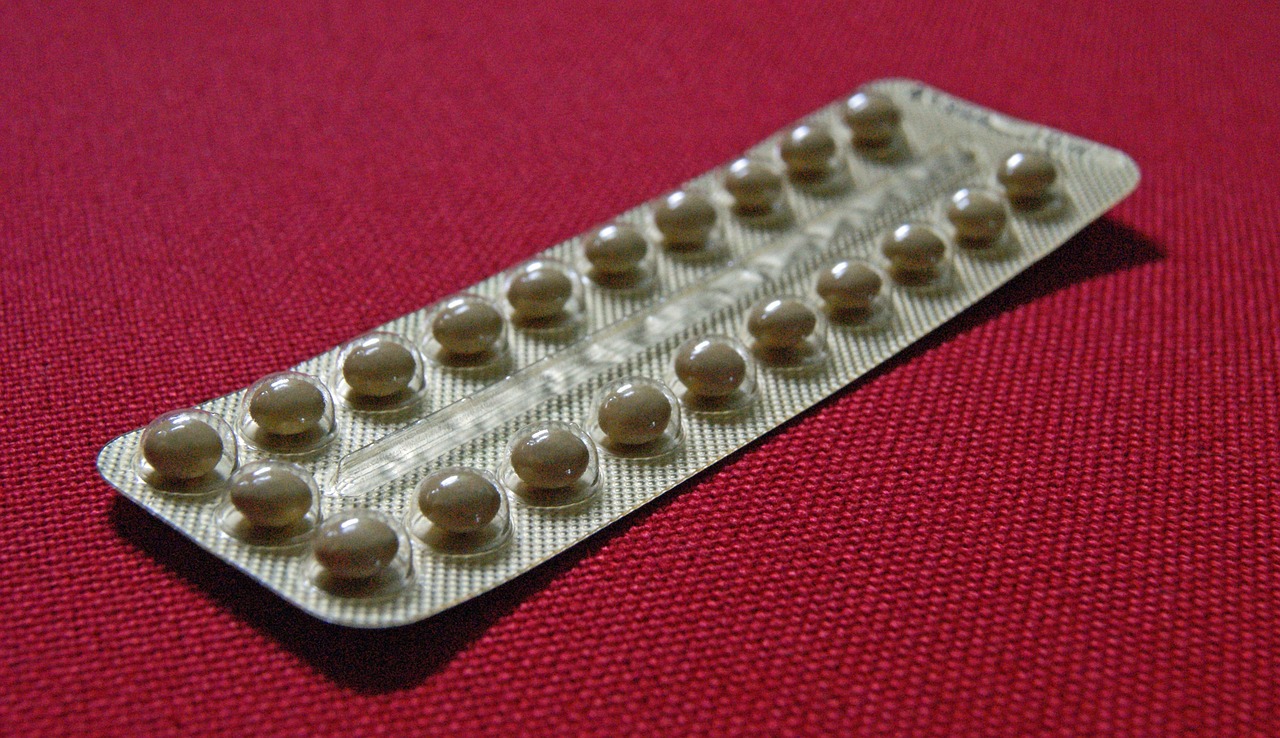Media release
From:
New study adds to evidence of stroke and heart attack risk with some hormonal contraceptives
Absolute risk remains low but should be considered when prescribing these products, say researchers
Certain hormonal contraceptives are associated with a higher stroke and heart attack risk, finds a large study from Denmark in The BMJ today that draws on prescription records to give more precise estimates for different products than previous studies.
The highest risk estimates were for oestrogen containing products, in particular the vaginal ring and skin patch.
The researchers stress that the absolute risk remains low, but given the widespread use of these products and the seriousness of these conditions, they say clinicians should consider these potential risks when prescribing them.
Almost 250 million women worldwide are estimated to use hormonal contraception. Previous studies have suggested a potential increased risk of ischaemic stroke and heart attack with their use, but findings have been inconsistent.
There is also a lack of evidence on the effects of different hormone combinations, how they are taken (eg, pills, implants, injections, vaginal rings or skin patches), and for how long.
To fill this knowledge gap, researchers tracked national prescription records for more than two million Danish women aged 15-49 from 1996 to 2021 to find out if using contemporary hormonal contraceptives increased the risk of first-time ischemic stroke and heart attack compared with no use.
The different types of contraception they included were combined oestrogen-progestin pills, vaginal ring, patch, progestin-only pills, intrauterine devices, subcutaneous implant, and intramuscular injections.
Women were excluded if they had a history of blood clots, cancer, liver disease, kidney disease, polycystic ovary syndrome, endometriosis or infertility treatment, used psychiatric medication, hormone therapy, or had undergone a hysterectomy.
Cases of ischemic stroke and heart attack were recorded and other potentially influential factors such as age, education level, and existing conditions such as high blood pressure and diabetes were taken into account.
The most commonly used hormonal contraceptive - the combined oestrogen-progestin pill - was associated with double the risk of ischaemic stroke and heart attack, which translates to one extra stroke for every 4,760 women using the combined pill for one year, and one extra heart attack for every 10,000 women per year of use.
Progestin-only contraceptives, including pills and implants, carried a slightly elevated risk, though lower than the combined pills. Non-oral combined contraceptives, such as the vaginal ring and patch, had higher associated risks, with the vaginal ring increasing ischaemic stroke risk 2.4-fold and heart attack risk 3.8-fold, while the patch increased ischaemic stroke risk 3.4-fold.
The progestin-only intrauterine system was the only hormonal contraceptive not linked to an increased risk, making this option safer for cardiovascular health. Duration of use did not seem to influence the risk.
This is an observational study so no firm conclusions can be drawn about cause and effect, and the researchers can’t rule out the possibility that other unmeasured factors may have affected their results.
However, this was a nationwide study using high quality registry data that allowed for detailed tracking of hormonal contraceptive use, and results were consistent after further analysis, suggesting that they are robust.
As such, they conclude: “Although absolute risks were low, clinicians should include the potential risk of arterial thrombosis in their assessment of the benefits and risks when prescribing hormonal contraceptive method.”
These diseases are rare, especially in young women, notes Therese Johansson at the Swedish Institute of Technology in a linked editorial. Nonetheless, these side effects are serious and given that approximately 248 million women use hormonal contraceptives daily, the results carry important implications.
She calls for educational campaigns to help women make informed choices, alongside training for healthcare providers to ensure consistent and evidence based counselling.
Policy makers should also prioritise making safer alternatives for women with cardiovascular risk factors both affordable and accessible, particularly in low resource settings, where cardiovascular risks are frequently underdiagnosed and untreated, she adds.




 International
International



